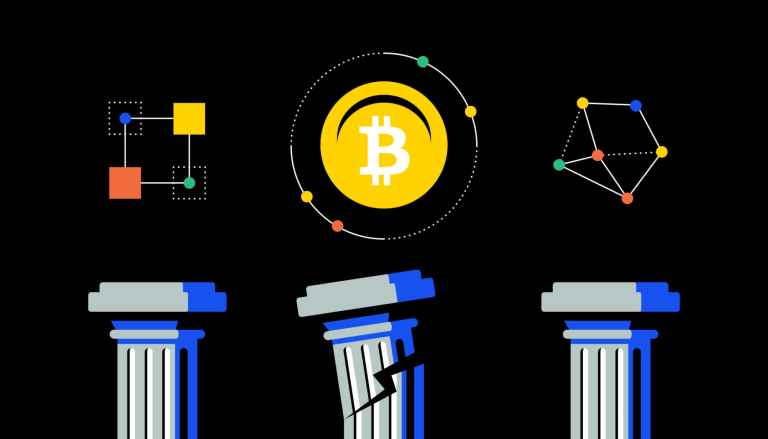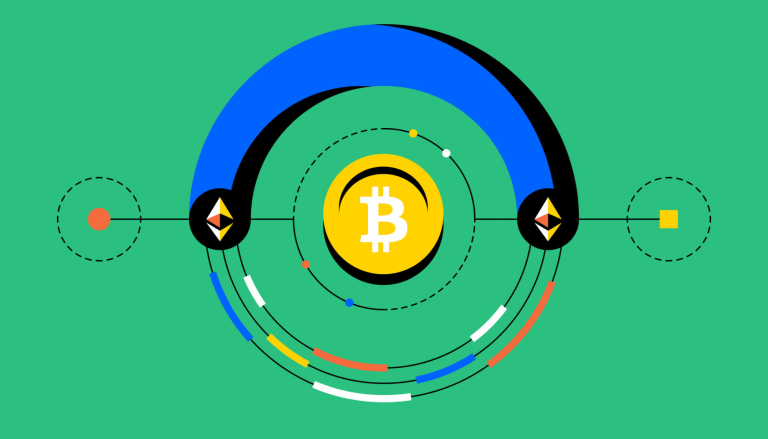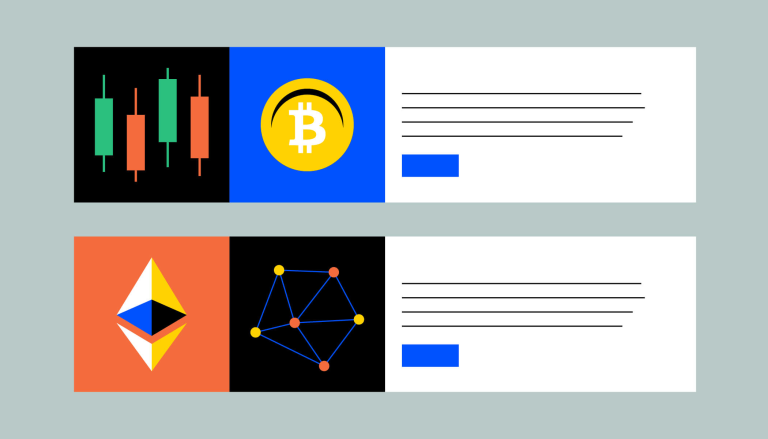What are bitcoin ordinals?

Bitcoin Ordinals are a method of creating unique digital assets on the Bitcoin blockchain.
They work by assigning a unique serial number to each satoshi, the smallest unit of Bitcoin, and attaching additional data to it.
Bitcoin Ordinals have sparked debate within the Bitcoin community due to their potential impact on the network's sustainability and security.
What are Bitcoin Ordinals?
Bitcoin Ordinals are a way of creating unique digital assets on the Bitcoin blockchain.
They work by assigning a unique serial number, or ordinal, to each satoshi, the smallest unit of Bitcoin. This ordinal can then have additional data, such as an image or text, inscribed onto it.
This process allows for the creation of non-fungible tokens (NFTs) that aim to benefit from the security and decentralization of Bitcoin's blockchain.
How do Bitcoin Ordinals Work?
The Ordinals protocol assigns additional information to the serial numbers of each satoshi. This extra data, referred to as an inscription, can be anything from an image to a piece of text. The inscriptions are embedded directly into individual satoshis and stored in Bitcoin blocks. This means that Bitcoin Ordinals aim to inherit the security, immutability, and durability of Bitcoin itself.
How to Mine Bitcoin Ordinals
Bitcoin Ordinals are processed in the same way as traditional Bitcoin transactions, as they are just special types of Bitcoin transactions following a specific protocol.
Yet, there are two key differences.
Firstly, Bitcoin Ordinals point to data that is inscribed directly on the Bitcoin blockchain.
Secondly, Bitcoin uses a proof of work (PoW) process for its mining, while other chains that have been more closely associated with NFTs in the past use proof of stake (PoS).
How to Acquire, Dispose of, and Exchange Bitcoin Ordinals
Bitcoin Ordinals can be acquired, disposed of, and exchanged in a similar manner to traditional NFTs. There are several different platforms that allow you to exchange Bitcoin Ordinals. It's important to note, however, that the Bitcoin Ordinals market is much less active than NFTs on other blockchains, meaning there is less liquidity and interest.
Bitcoin Ordinals vs. NFTs
The key difference between Bitcoin Ordinals and traditional NFTs is how the data related to the token is stored.
Traditional NFTs usually only contain metadata or a URL pointer to some off-chain data, while Ordinals store the content on the blockchain via inscriptions. This aims to make Ordinals more decentralized and censorship-resistant, but could also potentially result in them being more costly and limited in size.
Another difference is how they derive uniqueness and value. Traditional NFTs often depend on the attributes of the artwork or the scarcity of the supply to determine their perceived value. While this is also true for Bitcoin Ordinals, other factors may potentially influence the perceived value. For example, certain satoshis associated with notable moments in Bitcoin’s history may be perceived as more unique and valuable than others.


